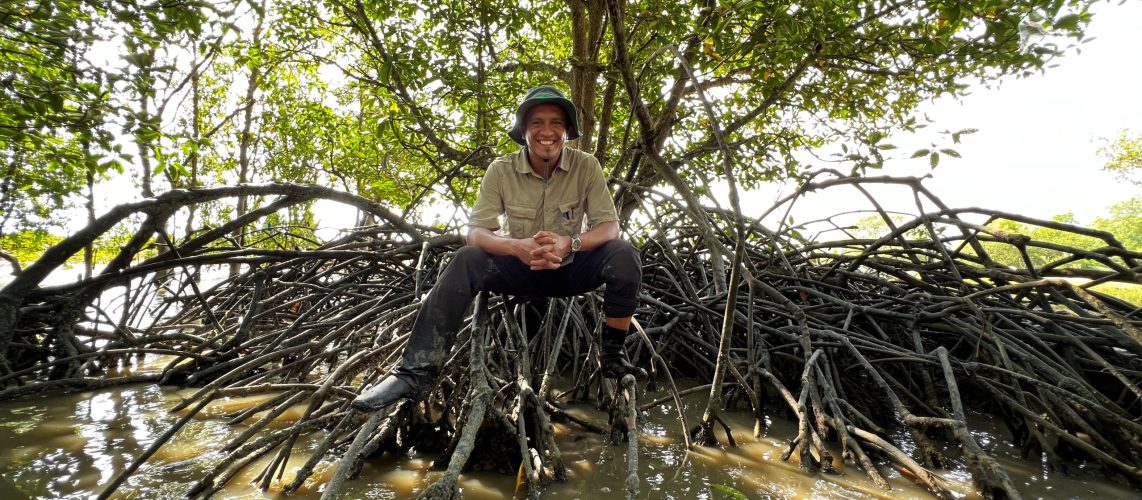This article has been published in New Straits Times on 26 July 2022.
It is important for the global community to support mangrove conservation.
Hence in November 2015, the United Nations Education, Scientific and Cultural Organisation proclaimed July 26 as a day to commemorate mangrove conservation.
Mangrove habitats all over the world saw major exploitation and degradation throughout the last century and continued into the first two decades of the 21st century. However, there was some reduction in the annual rate of mangrove loss in recent years.
The Indian Ocean tsunami in December 2004 took approximately 250,000 lives but was one of the major turning points in the understanding of the importance of mangroves.
The loss of mangroves significantly decreases the safety and security of coastal communities from oceanic risks, hazards and disasters, exposing them to the dangers of extreme weather events like tropical storms, hurricanes, typhoons, monsoon rains and floods.
It also affects food security and supply of major protein sources because mangroves are important spawning grounds and nurseries for marine life, including commercial fish species caught in the ocean.
Mangrove loss also corresponds with the extreme erosion and land-use change on our coasts.
Coastal land reclamation, unlimited and unsustainable expansion of coastal towns and cities, land conversion for economic use, such as aquaculture, and other physical structures, are among the major anthropogenic causes that destroy mangroves.
Rising sea levels made things worse. Activities on land and upstream of a river system too, have major impacts on mangroves downstream a river basin.
Excessive sediment and run-off from logging, and exposed land upstream would overload rivers with extra burden to be remedied by mangroves.
Municipal waste, pollution and effluents from industrial, agricultural and farm lands, if not controlled, would poison ecosystems from land, down rivers to the mangroves, seagrass beds, coral reefs and the ocean.
Threats could also come from the ocean. Oil spills, for example, can kill mangroves as plants and animals of this coastal ecosystem are sensitive to the effects of hydrocarbons.
The mangrove plants’ amazing ability to tolerate and filter salt and nutrients from the water and air cannot cope with the detrimental nature of this type of disturbance.
The consistent wake, wave and ripple from increasing ship traffic would scour the banks of rivers and channels, causing mangroves to falter and be uprooted.
Recently, the global scientific community had unanimously agreed that mangroves efficiently absorb and sequester atmospheric carbon in their biomass and in the soil underneath them.
The role and network of all biotic and abiotic components within the ecosystem contribute to their efficiency, and they are strongly acknowledged as our best weapon to combat climate change. This role, however, cannot be optimised if more mangroves are lost.
Particularly after the 2004 tsunami, we have seen mangrove-holding nations step up efforts to plant and replant mangroves to respond to the impacts of tsunami and the eroding coastlines.
Throughout the years, there’s increasing participation by local communities to contribute to mangrove planting and replanting, especially with the increasing support from private and corporate organisations.
Sadly, amid all the efforts, more mangroves losses were reported instead of gains. One reason was the lack of proper planning and solid objectives.
Often, the number of seedlings planted was used as a measure of success, and not the survival and growth of the seedlings.
In many cases, no proper assessment of the needs and suitability of the planting sites was done, and no monitoring was carried out afterwards.
It is time to relook these issues in a more coordinated and comprehensive way.
Restoring mangroves should aim for getting all the biological and physical components and characteristics back to complete the ecological system.
This will allow mangroves to provide the whole range of ecosystem services to be enjoyed by nature and humans.

